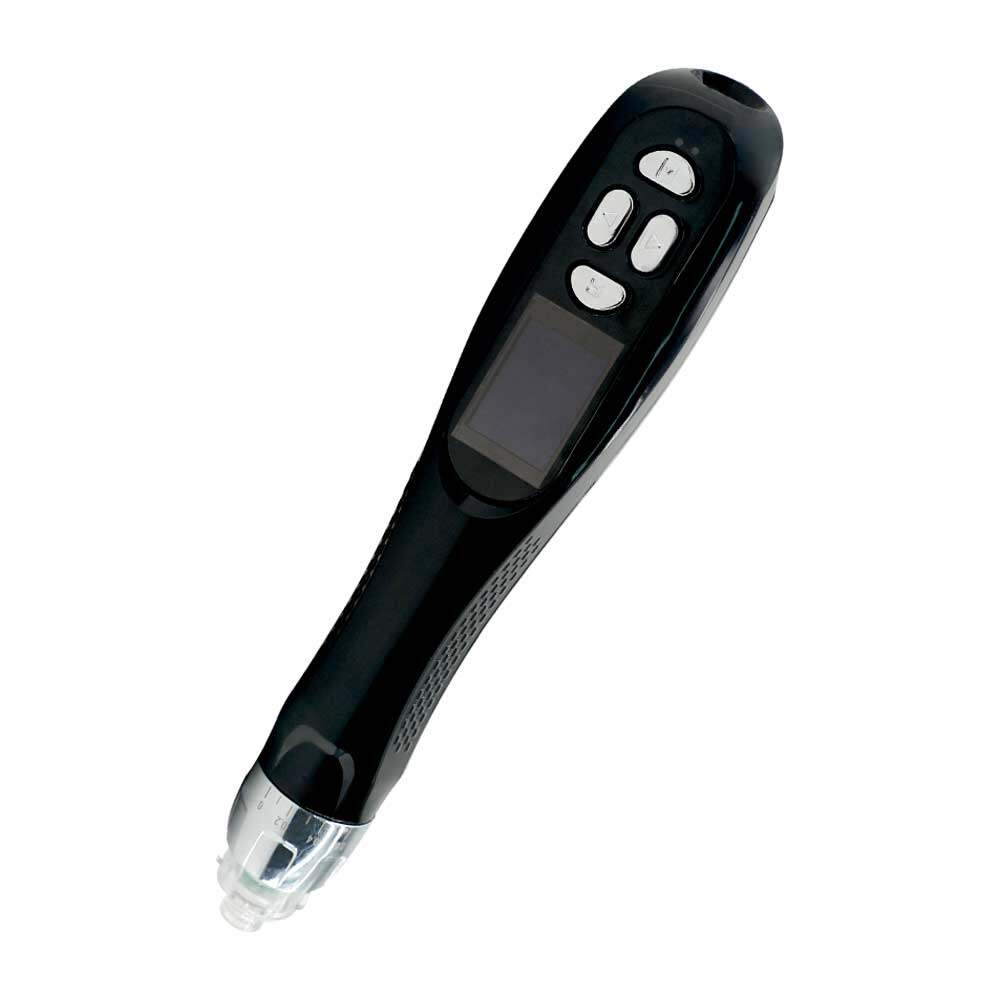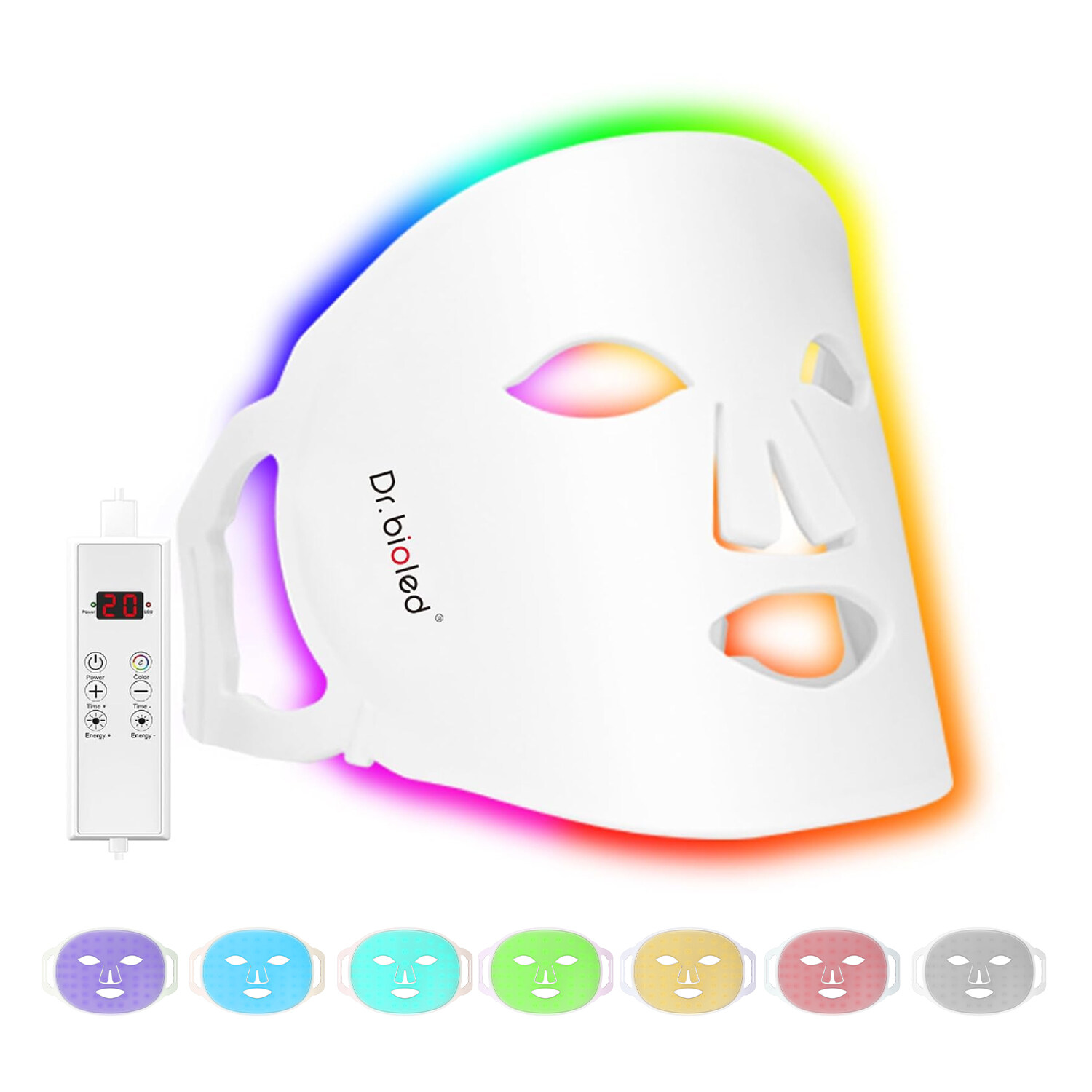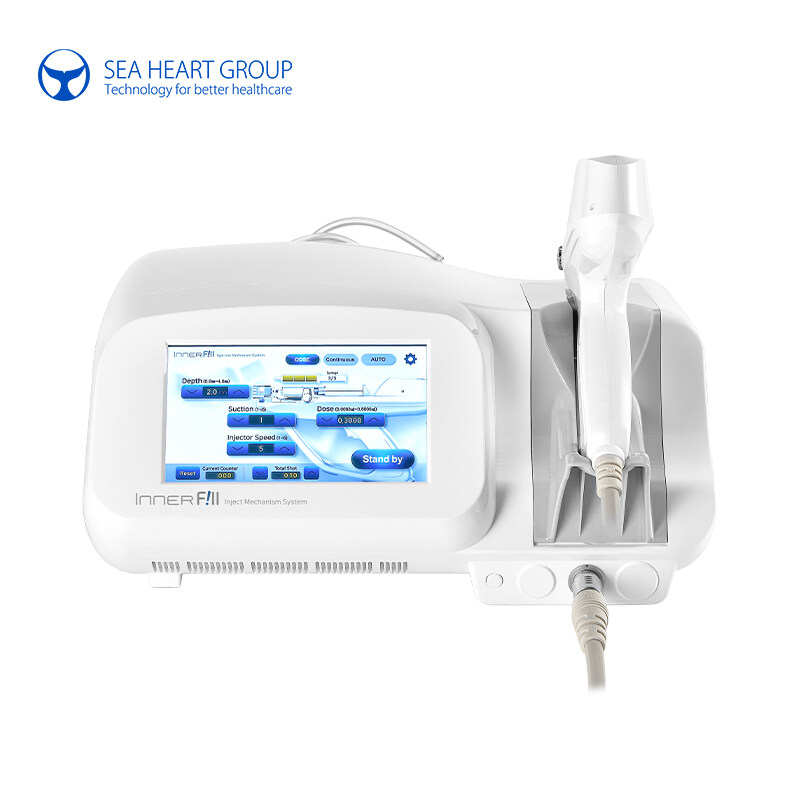1-Permanent Makeup – What is it?
Permanent cosmetic makeup is cosmetic tattooing. The specialized techniques used for permanent cosmetics are often
referred to as “micropigmentation”, “micropigment implantation” or “dermagraphics”. The cosmetic implantation technique
deposits colored pigment into the upper reticular layer of the dermis.See also “Is Permanent Makeup for Me?”
2-How are Permanent Cosmetic Procedures Performed?
Permanent cosmetics procedures are performed using various devices, including the traditional tattoo coil machines,
the pen or rotary machine (includes the digital rotary machines) and the non-machine or hand device. The process
includes a consultation, the application of pigment, and at least one or more follow up visits for evaluating the healed
design work and color of the pigment.
3-Who Benefits from Permanent Makeup?
People who meet minimum age requirements and have the ability to heal properly from minor wounds can benefit from the
liberating benefits of permanent cosmetics.Interest in this service spans the young to the more mature; those who desire
a soft, natural enhancement to their appearance. It is especially valuable to people who can’t wear traditional cosmetics
due to allergies and skin sensitivities; active people who want to look their best for sports activities such as swimming,
hiking, biking, tennis, aerobics; and those who don’t want to worry about “sweating off” or reapplying cosmetics.Permanent
Cosmetics also benefits the vision challenged who have difficulty applying their cosmetics; and others with dexterity related
conditions such as arthritis, Parkinson’s disease, multiple sclerosis, stroke survivors, and busy people who don’t have
time to spend applying and refreshing makeup throughout the day and evening.
4-What Type of Permanent Cosmetic Procedures can be Done?
Permanent Cosmetic procedures can be very subtle or dramatic depending on what you are looking for. Options include:
Eyebrows
Eyeliner, Top and Bottom
Lipliner, Lip Color, and Blend
Scar Camouflage, Beauty Marks, Hair imitation, Lash Enhancement, and Areola Repigmentation
NOTE: Some of these procedures use more advanced techniques (para-medical techniques) and thus require an
experienced technician with advanced training.
5-Are Permanent Cosmetics Really Permanent?
Permanent cosmetics procedures are considered permanent because pigment is tattooed into the upper reticular part of the
dermal layer of the skin and cannot be washed off. However, as with any tattoo or colorant (pigment) in general, fading can
and often does occur, requiring periodic maintenance referred to as color re-enhancement or color refreshing. The scientific
structure of pigments and the requirement for periodic refreshing is identical to that of tinted hair color; faded material on
furniture that may be located near a window and subject to sun exposure; house paint that is exposed to the sun and other
environmental elements; pigment implanted in the skin may fade with time.This colorant periodic maintenance requirement is
a good opportunity to reevaluate one’s color and design preferences. While the concept of permanent, without any change,
may seem like a perfectly good idea, think about how your tastes have changed over the years. From time to time likely you
have made subtle or dramatic changes in your clothing preferences, your hair color and style, and if you wear topical makeup,
those colors have changed as well.The fact that most people will require periodic color refreshing of their permanent cosmetics is the opportune time to work with your technician to reevaluate your overall appearance profile and determine if any changes are appropriate.Longevity varies from person to person depending on their life style (sun exposure), the color(s) used for the permanent cosmetic procedure, and are also thought to be affected by topical products applied to the skin.See also “Is Permanent Makeup Really Permanent?”
6-How Much does Permanent Makeup Cost?
The average cost per procedure varies but usually averages between $400-$800. Advanced work may be charged at $150 to
$250 per hour. Many of these procedures are commonly referred to as para-medical procedures.The cost of the procedure
should not be the most important issue when consulting a potential permanent cosmetic professional. Most important is the
training and skill of the person performing the procedure and the confidence of the client in that skill.See also “What Does
Permanent Makeup Cost?“
7-How Long Does Each Procedure Take?
The initial procedure will generally take approximately 2 to 2 ½ hours; there are records to establish; photographs to take; desired design and color to discuss; the procedure to perform; and the aftercare requirements to discuss.Follow up or color refresher procedures usually do not require the same amount of time.
8-Is It Painful?
Most people experience some discomfort. This will vary according to each individual’s pain threshold.There are different methods available, however, to help with discomfort management, including various topical anesthetics that are specifically developed for our industry. Your permanent cosmetic professional should discuss these methods with you to determine which one is appropriate.
To put this in perspective, thousands of body art tattoos are performed annually, possibly millions. As a rule, traditional tattoo
professionals do not use any anesthetics for their tattoo procedures. Anesthetics for permanent cosmetics are more of a tattoo service luxury because of the nature of the tattoo location and the fact that permanent cosmetics falls into the beauty treatment category.See also “Does Permanent Makeup Hurt?“























